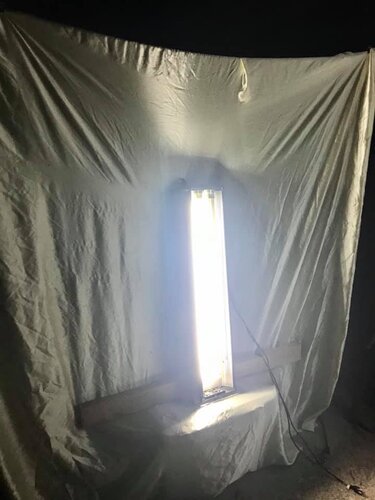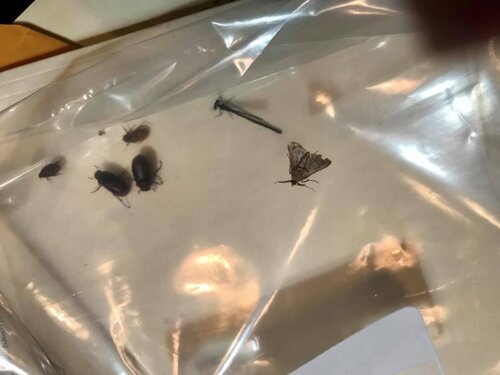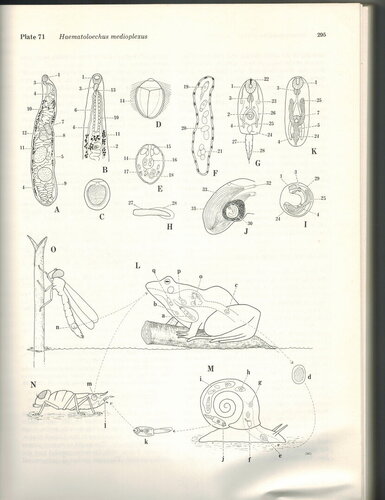jacksonchamnew
Avid Member
I can easily collect June bugs, damsel flies and moths with simple light trap. I think that many of the moths come from non agricultural plants or from trees that are never sprayed. June bugs may come from lawns. Even insects in the wild where the chameleons live probably have pesticide residues. What about the chameleons in South Florida and Hawaii that are wild? Does anyone feed these.








